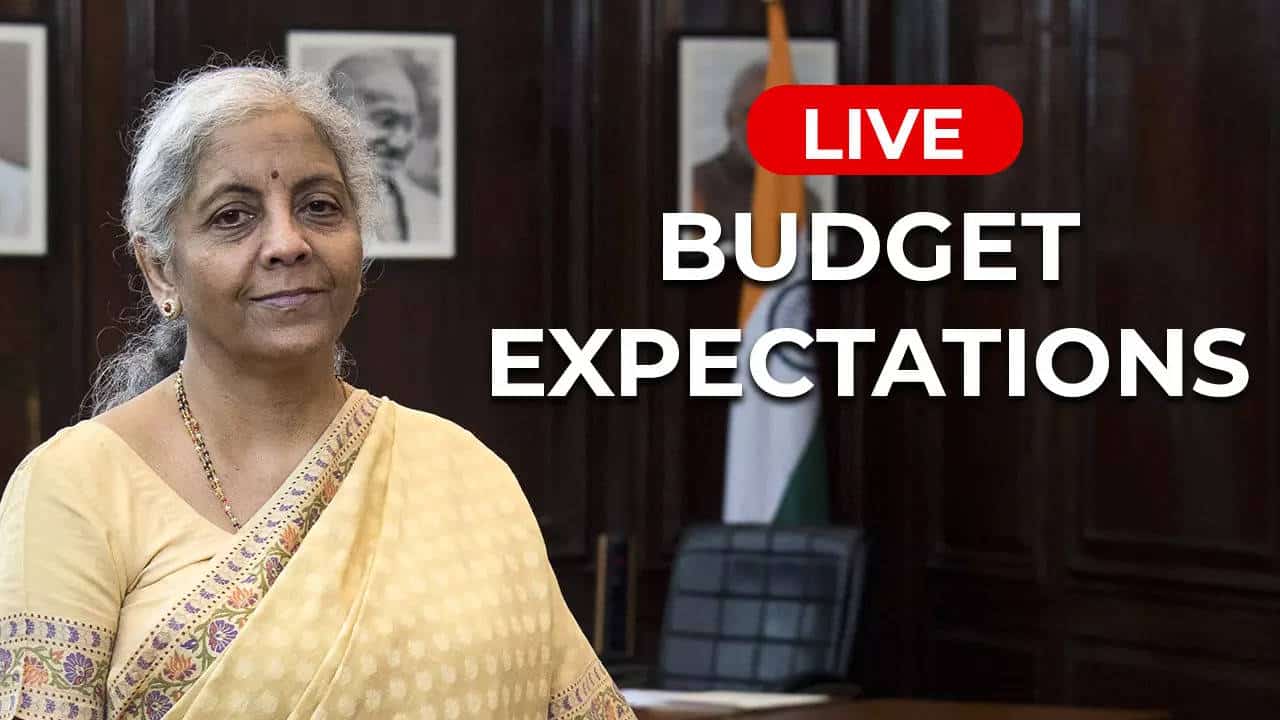Understanding Budget 2025: Income Tax Expectations

As India approaches Budget 2025, taxpayers are keenly anticipating changes to the income tax regime. The introduction of the new income tax regime by Finance Minister Nirmala Sitharaman in FY 2020-21 has sparked discussions about the future of the old tax system. The new regime offers lower tax rates but eliminates many popular deductions and exemptions. This article explores the key features of both tax regimes, the latest income tax slabs, and the likelihood of phasing out the old system.
The New Income Tax Regime: Key Features
The new income tax regime was designed to simplify tax compliance for salaried individuals. It offers reduced tax rates and a streamlined process, eliminating the need for various deductions and exemptions. Under this regime, taxpayers can enjoy lower tax rates across different income slabs. For instance, the income tax slabs for the new regime start at zero for incomes up to Rs 3 lakh, with a gradual increase in rates for higher income brackets.
Notably, popular exemptions such as those under Section 80C, medical insurance premiums, and house rent allowances are not available in the new regime. However, the government has made efforts to enhance its attractiveness. In Budget 2024, the standard deduction was increased from Rs 50,000 to Rs 75,000, providing additional relief to taxpayers. Furthermore, the employer’s contribution to the National Pension System (NPS) is now deductible up to 14% of the specified salary, compared to 10% in the old regime. These changes aim to encourage more taxpayers to opt for the new regime, which has seen a significant uptake since its introduction.
Comparing Income Tax Slabs: New vs Old Regime
The income tax slabs differ significantly between the new and old regimes. In the new regime, the tax rates are structured as follows:
- 0 to Rs 3 lakh: Nil
- Rs 3 lakh to Rs 7 lakh: 5%
- Rs 7 lakh to Rs 10 lakh: 10%
- Rs 10 lakh to Rs 12 lakh: 15%
- Rs 12 lakh to Rs 15 lakh: 20%
- Above Rs 15 lakh: 30%In contrast, the old regime offers a different set of slabs, with a basic exemption limit of Rs 2.5 lakh. The tax rates are as follows:
- Up to Rs 2.5 lakh: Nil
- Rs 2.5 lakh to Rs 5 lakh: 5%
- Rs 5 lakh to Rs 10 lakh: 20%
- Above Rs 10 lakh: 30%Additionally, the old regime allows for various deductions, making it more beneficial for taxpayers who can claim these exemptions. For instance, taxpayers with a total income not exceeding Rs 5 lakh can avail of a tax rebate of Rs 12,500. This flexibility in the old regime appeals to many, especially those with significant deductions.
Will the Old Tax Regime Be Phased Out?
The question of whether the old income tax regime will be phased out remains a topic of debate among tax experts. Since FY 2023-24, the new tax regime has become the default option for taxpayers, unless they choose to opt for the old system. This shift has led to an increase in the number of taxpayers adopting the new regime, with approximately 72% opting for it as of July 2024.
Despite the growing popularity of the new regime, experts believe that the government is unlikely to completely eliminate the old tax regime in the near future. Many taxpayers still benefit from the deductions and exemptions available under the old system. Experts suggest that the government may continue to encourage the adoption of the new regime while maintaining both systems for a transitional period.
Some analysts predict that the old regime could eventually be phased out through a new tax code. The Finance Minister has indicated plans to revamp the existing Income Tax Act, which could lead to a more streamlined tax structure. However, any changes are likely to be gradual, allowing taxpayers time to adjust. The upcoming Budget 2025 may provide further clarity on this issue, with potential announcements regarding the future of both tax regimes.
Observer Voice is the one stop site for National, International news, Sports, Editor’s Choice, Art/culture contents, Quotes and much more. We also cover historical contents. Historical contents includes World History, Indian History, and what happened today. The website also covers Entertainment across the India and World.

